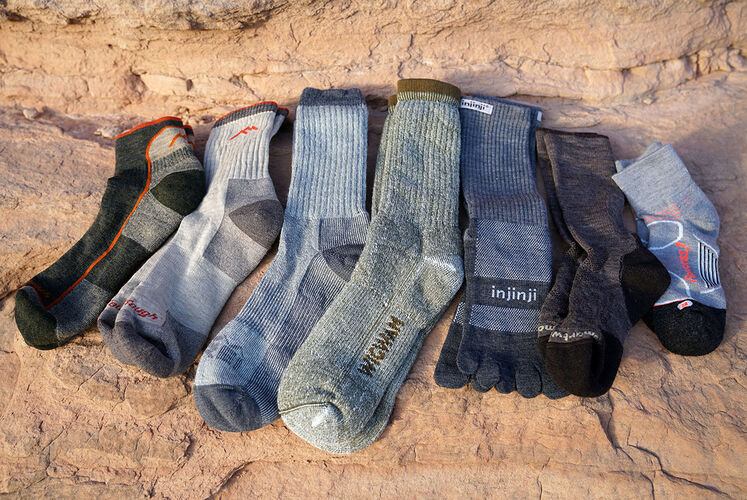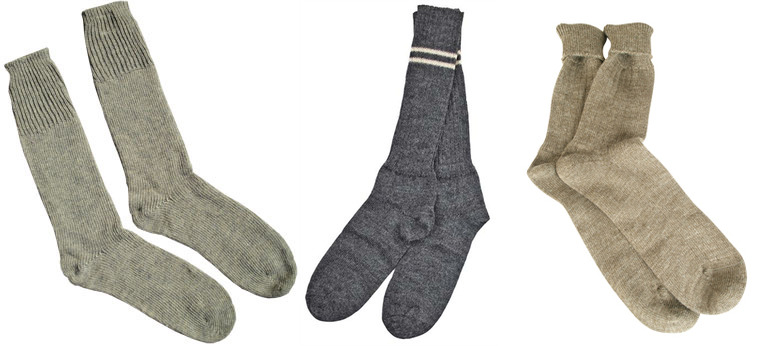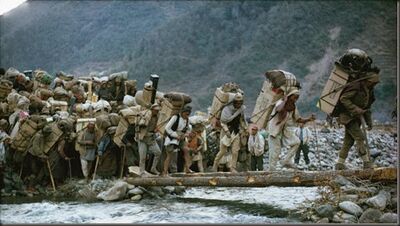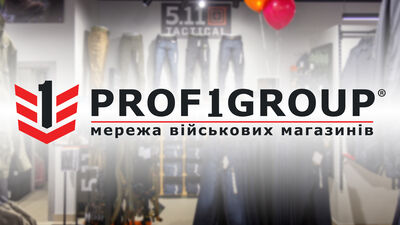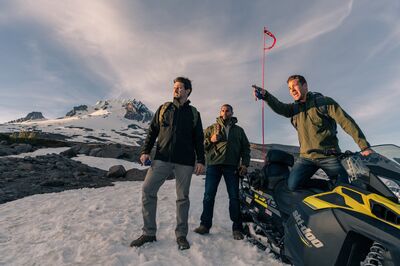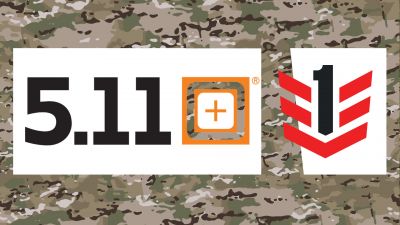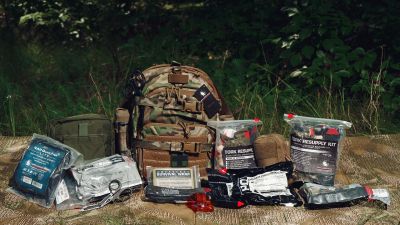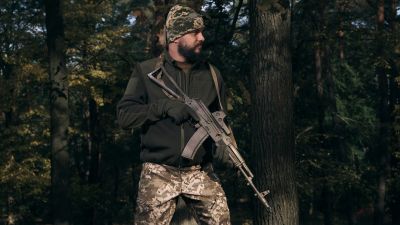Tipes of hiking socks. How to chose hiking socks.
Hiking socks
Socks are an important part of using tracking shoes.They differ from ordinary everyday multi-purpose applications, raw materials, manufacturability, conductive, thermoregulating properties. They are used a lot by athletes, tourists, military, in addition, more and more people are beginning to use them in everyday life.
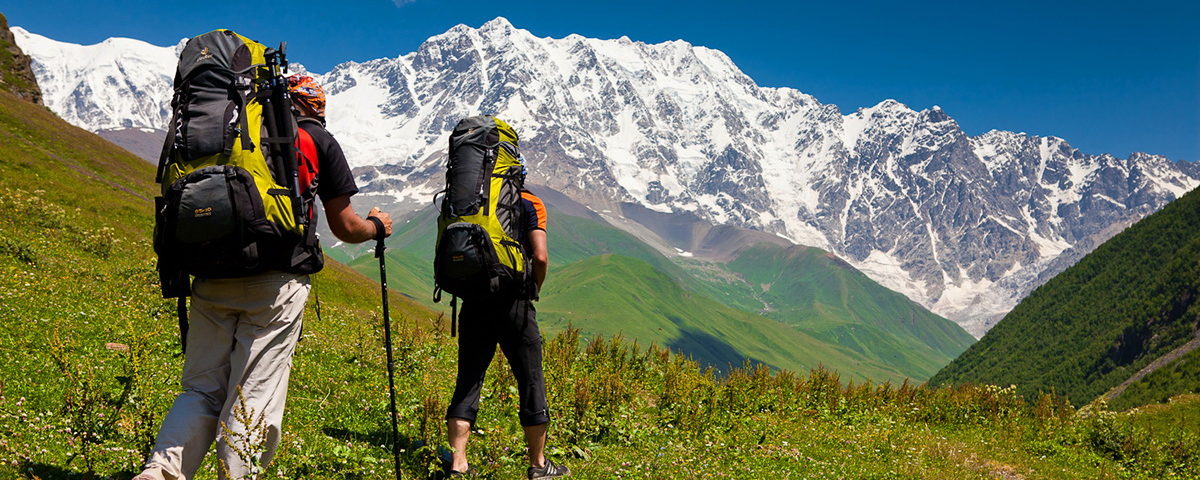
Turning to the history and looking at where modern socks began, we will see banal puttee (portyanki)*. They are rightly considered to be the first analogues of socks, which originated more than a thousand years ago.
During their long history, they have seen many changes: development of mankind, redistribution of territories, industrialization, numerous wars. Putte (Portyanki) enjoyed by many travelers and armies from the far north to Central Asia, from the Pacific to the Atlantic Ocean.
For a long time, putte (portyanki) have not changed their appearance - a rectangular piece of cotton fabric, bikes or flannel, less often woolen. This method has many advantages: high wear resistance, versatility in use, suitable for any size of shoes, quickly dry when wet can be turned inside out, made from any handy piece of fabric. However, disadvantages prevail: size, winding time, obsolescence.
Socks from the Second World War. British, German and US Army.
The first prototypes of trekking (military) socks produced in the beginning of the twentieth century in Germany, USA, Great Britain and France.Such products were manufactured earlier, but it was during this period that they began to be produced in huge numbers to provide for entire armies.
They were thick knitted socks, 3/4 height. Behind their main features were a wide sweat absorption area, the ability to quickly dry and their mass production.
The socks were then made of the same materials, the military form, according to locally distributed materials. In the USA the main material was cotton, in Germany - wool, due to local traditions and geographical features (in Western Europe cotton is not growing).
Technological breakthrough in this area occurred in the 50-60s of the last century, then the above countries began to develop and add new materials to the yarn - nylon and polyester, it showed unprecedented results at that time: weight reduction, increased resistance to wear and sweating several times more than natural materials. Such experiments led to the fact that most of the armies of the world, and with them also the fans of outdoor activities switched to tracking socks with mixed composition of raw materials.
At the same time, the vast majority of the USSR republics continued to use portyankas.

After the collapse of the USSR, the more pro-European countries (primarily the Baltic States) started using socks. At the same time, the Ukrainian armed forces continued to use portyankas according to Soviet security standards until 2004, when the then defense minister introduced the new standards. They did not take into account the wishes of specialists and servicemen, so unfortunately, they were provided with socks that were suitable only for wearing with summer shoes, and by no means with heavy field military boots. Therefore, our soldiers solved these issues by buying field socks at their own expense. This situation continued with the beginning of Russian aggression in the East of Ukraine and in the Crimea.
Only in 2015, we began to implement the next Soviet supply standards. The new military field (trekking) socks, both summer and winter-demision socks, were developed, accepted for support, began to be mass procured and delivered to the Armed Forces of Ukraine. They were produced according to NATO standards, following the example of more developed countries, they were divided into summer socks, which were made of polyamide (nylon) and elastane, and winter socks, which were dominated by wool, or acrylic (artificial wool) nylon and elastane. The appearance of new tracker socks was well received by the Ukrainian armed forces.
The photo shows regular socks of the Armed Forces of Ukraine. Winter (top) and sommer (bottom).
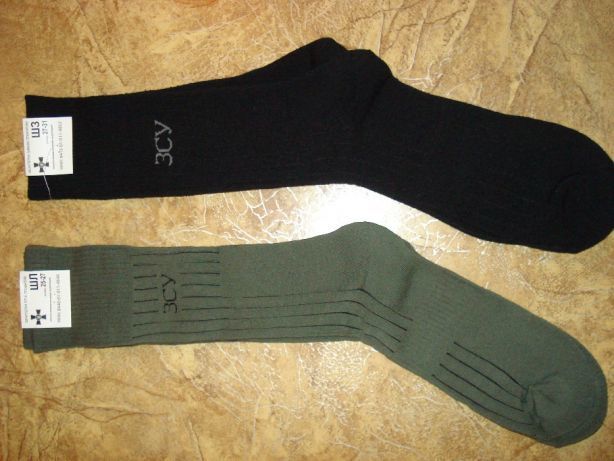
On average, a man makes 1200-1300 steps, passing one kilometer.Depending on the terrain, coverageDepending on the terrain, this figure increases, and the load on the legs becomes even greater. There are many important things in ensuring comfort during crossings on rough terrain: the level of complexity, preparation, weather conditions, shoes and other factors. So, below we will analyze in detail the theme of trekking socks, their varieties and provide recommendations on the choice.
The specifics of the work (travel) of the military, athletes and tourists are more or less similar. These are constant loads of different complexity, contrasting temperature conditions and the like. Therefore, the following information and recommendations will be of interest to military, professional travelers, climbers, tourists, hunters, as well as easily find a place and in civilian use.
When choosing good trekking socks, you should consider such important features:
- Height - the sock should be higher than the shoes, with constant movement it will prevent rubbing the shin shoes.
- Seasonality of use - temperature, weather conditions.
- Materials - for different types of travel and weather conditions uses different raw materials composition of trekking socks.
- Match size, fit - socks should be strictly your size.
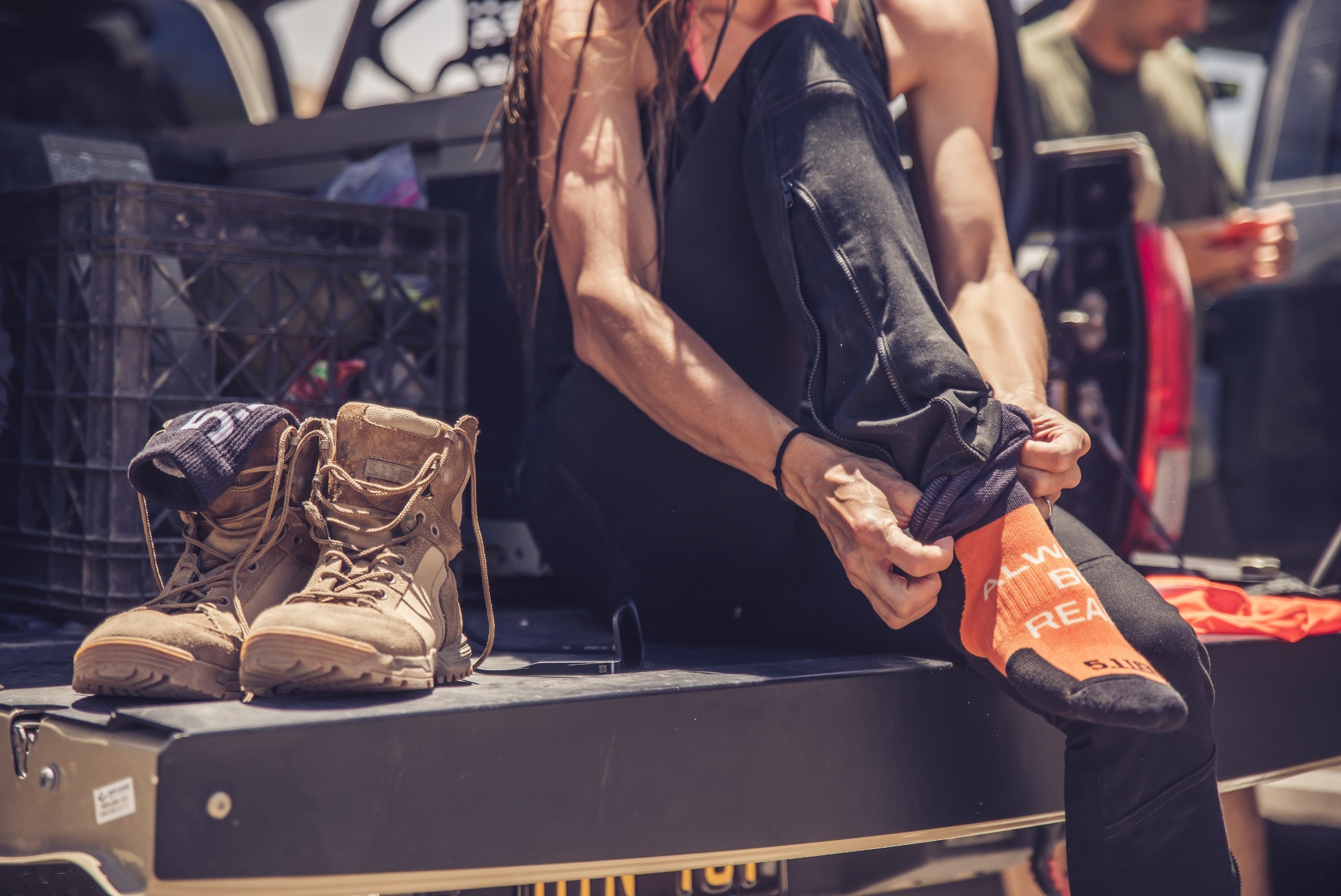 Height.
Height.
The socks vary in height, from low socks that only cover the foot and ankle to high socks that almost touch your knees. The height of your shoes is important here - the sock must be adequate or higher to protect your shin from friction with the shoe itself. Depending on the height, there are several types of socks:
- Low socks: fully cover the ankle, well suited for low or medium shoes and sneakers.
- Medium: The classic height of trekking socks is usually higher than the ankle, reaching to the middle of the lower leg. Used with medium to high boots, but can be used with lower models, this will give protection and thermal regulation in all weather conditions.
- High: take out knees, thick, soft, warm socks, used in difficult weather conditions, or travel of the highest complexity. Well protect the leg from rubbing with heavy boots, better protect from hypothermia and well remove excess moisture.
In terms of seasonality of use.
All tracking socks are divided into two main types:
- Summer socks are made of cotton, mostly with lint. Nylon and polyester are added to the yarn. The main task of which is to absorb the moisture released by the foot. Cotton with pile is a very hydrophobic material, absorbs a lot of sweat, due to the use of synthetic materials, this moisture is quickly distributed on the surface. And the high temperature and pressure generated by walking accelerates evaporation, thus forming the right heat and moisture exchange inside the shoe.
- Winter ones are made of wool, or acrylic (artificial wool) with the addition of nylon and elastane. Wool has the worst hydrophobic properties, but unlike cotton, it has good thermo-regulating characteristics - it retains heat well. The principle of moisture removal is the same as that of summer wool, but more heat remains. Nylon and elastane are also added here to increase wear resistance and for their high perspiration properties.
- There are demi-season samples of hiking socks. But usually these are only variations of winter or summer socks. You can even use a winter sock in hot weather, respectively, depending on the use of trekking boots with or without heat insulation, you can sometimes use summer trekking socks in winter, because the main task is to keep your foot dry.
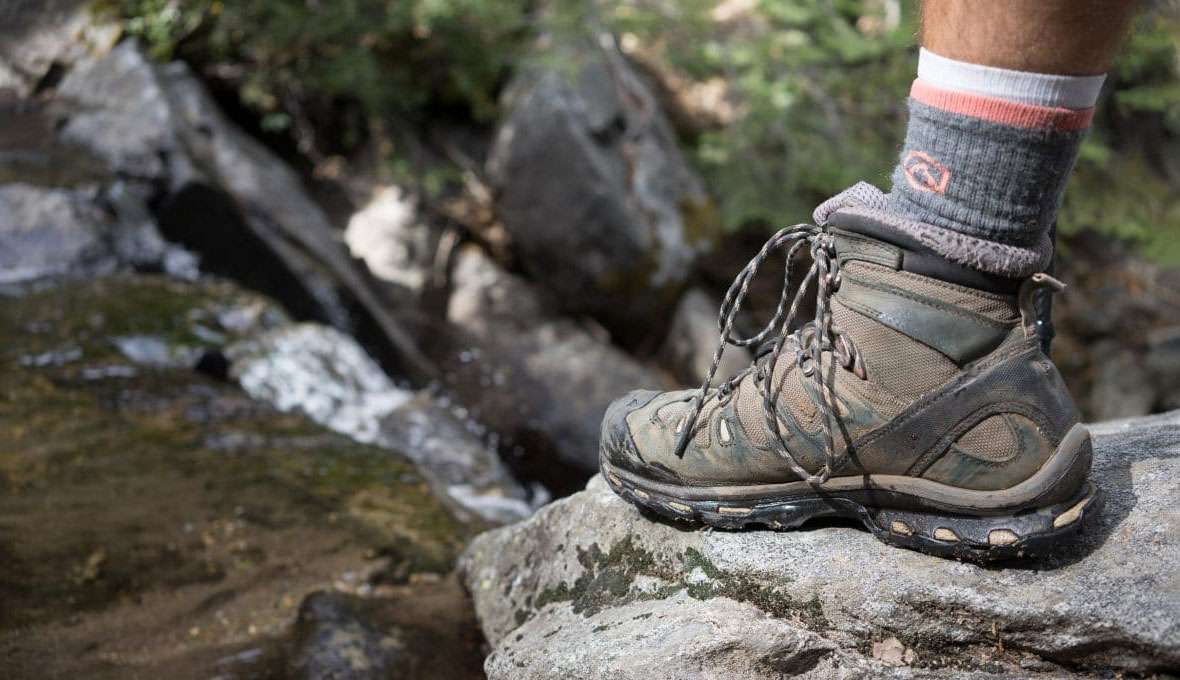
When the moisture has nowhere to go - in a warm humid environment, infections and fungi develop quickly, the leg is rubbed faster, which can lead to injury.
Materials.
Tracking socks are not made of a single material - usually several of them. This mixture creates a good balance of temperature, heat, reliability and ventilation, for different conditions.
- Wool and cotton are basic materials for production of hiking socks. The difference is that wool is less hydrophobic (it absorbs less moisture), but retains temperature well, so it is more suitable for cold conditions. Many brands now use merino wool in their production. Despite the high cost of such products compared to analogues, this material prevails in thermal regulation, wear resistance and hypoallergenicity. Cotton, on the contrary, is able to absorb a large amount of moisture, but less retains temperature, such characteristics are ideal for hot conditions.
- Synthetic materials: acrylic, polyamide (nylon), polyester - the most popular synthetic materials in the production of hiking socks.Their main features: acrylic (artificial wool) - forms a strong fast drying fiber, has good thermoregulation characteristics. Polyamide (nylon) - used in various industries, due to the high strength, socks, in which the material is added more wear-resistant nylon, quickly dry. Polyester - used as a basic and auxiliary material in the manufacture of any clothing, has gained popularity for its ability to remove moisture well, quickly dries, unpretentious in care, is a common and cheaper analogue of polyamide (nylon). The well-known today Coolmax technology, which is used in many types of clothing, due to its properties of rapid drying and protection against overheating, also uses special polyester fibers.
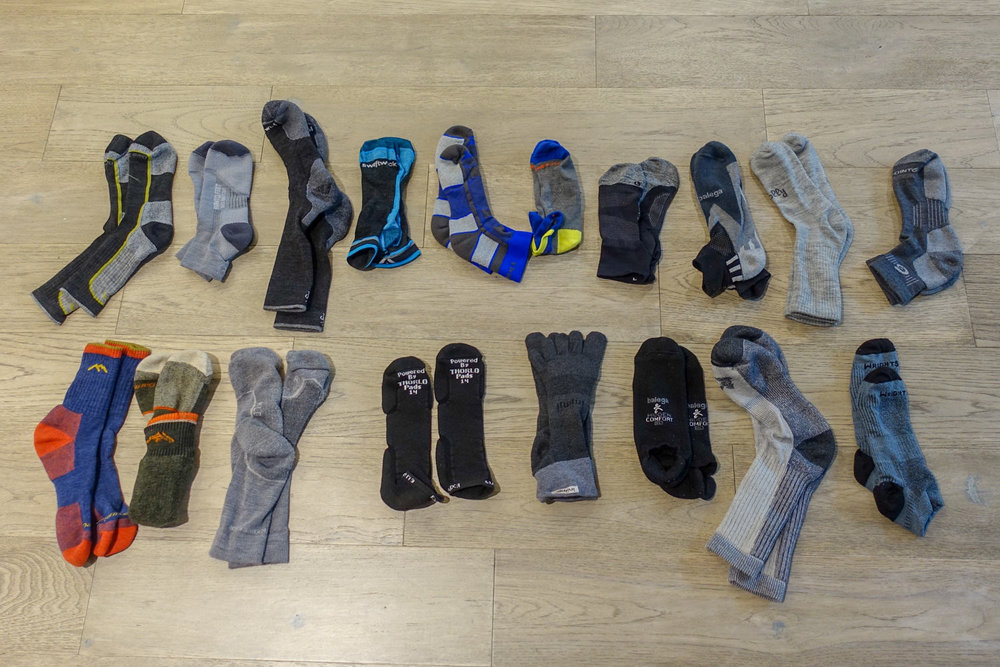
Size, fit and some recommendations for use.
It is important that the socks fit you well - too big to form folds, it will cause discomfort, rubbing, calluses, too small will put pressure. This will interfere with normal blood circulation, in addition, may additionally rub the shoe, if the leg is not sufficiently closed. It is important to know your size, if you have difficulties with this - use our advice on sock size determination _____________.
When trying on the product - look for a comfortable pair with an appropriate fit under your foot - pay attention to the key places (heel, foot pad, ankle, etc.).
Often servicemen, travelers do not take off their socks for a few days. So when choosing socks, as well as when choosing shoes, do not be tempted by the appearance. When your work or journey is associated with high physical activity, difficult conditions of the night, complicated movement. Comfort in hiking socks is provided:
- The chemical composition of raw materials corresponding to the season,
- The presence of a caught yarn of greater density in the zone of greater sweating.
- Availability of additional sweating channels in areas of lower sweat.
- Additional density in areas of higher loads (heel, sock, sole).
The use of liner-socks is becoming more and more popular nowadays. They are mainly made of medium height, the most popular materials are synthetic fleece or wool. They are flexible, tight-fitting leg, so they do not hinder the removal of moisture, but significantly increase the temperature regulation indicators. Due to the peculiarity of its structure does not cause discomfort in use. Easy to maintain - can be quickly dried or replaced by others. With their help, you can quickly turn demi season shoes for winter, or even more insulated winter shoes. The important thing is that these liner-socks should be used in cobination with ordinary hiking socks, and in no case should not wear a bare foot.
The structure of the sock is designed for the middle leg, and many people's shin is wider than the average, due to which the latter may feel discomfort in the legs, in addition, it may disrupt blood circulation in this part of the legs due to the tight top of the sock. In such cases, many military and tourists, the top of such a sock wrap on top of the shoe. It also helps to improve water drainage and ventilation. In the cold season, using high dense hiking socks - wear them under warm underwear (drawers, pants), so they better hold on the leg and will not crawl with prolonged use.
Laundry. It is best to use hand washing and natural drying for the socks to lose their properties: they can significantly reduce in size, lose their lint. We also generally recommend that you wash any socks regularly.


